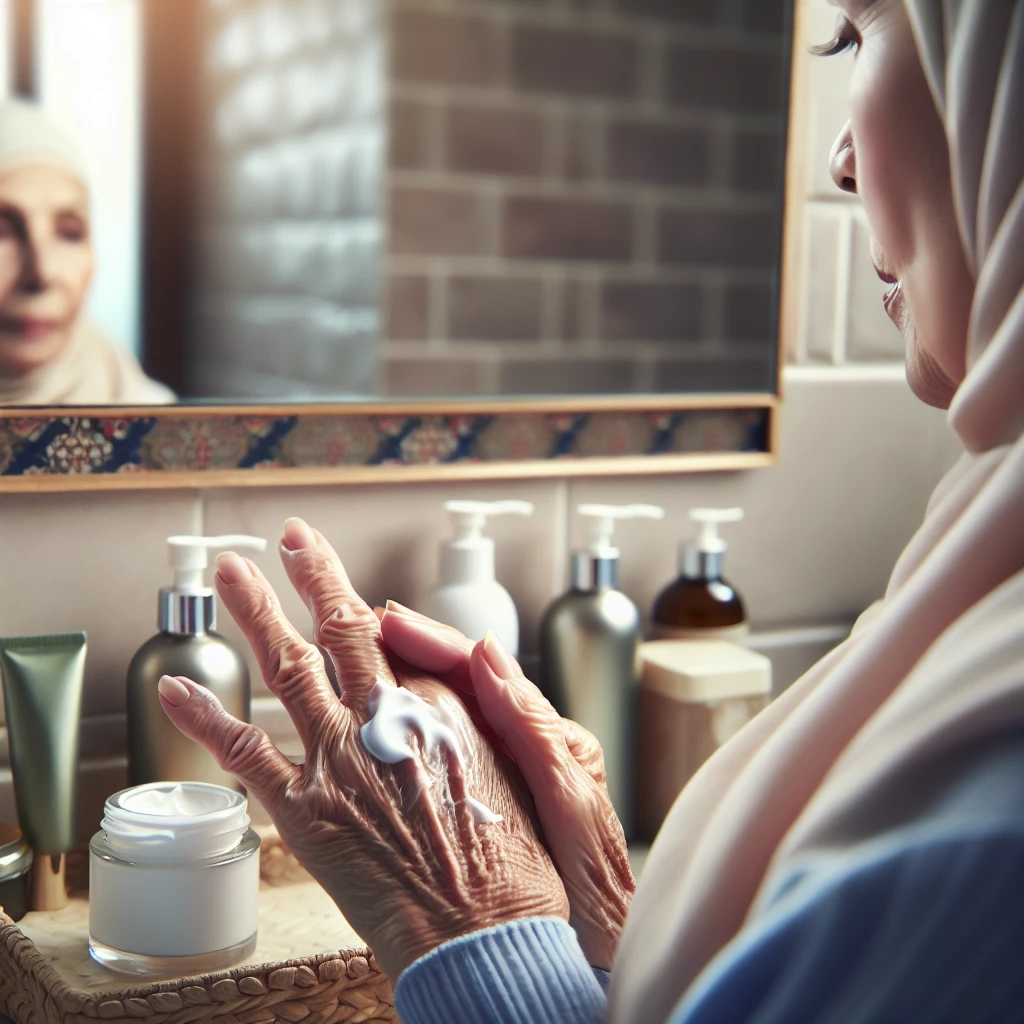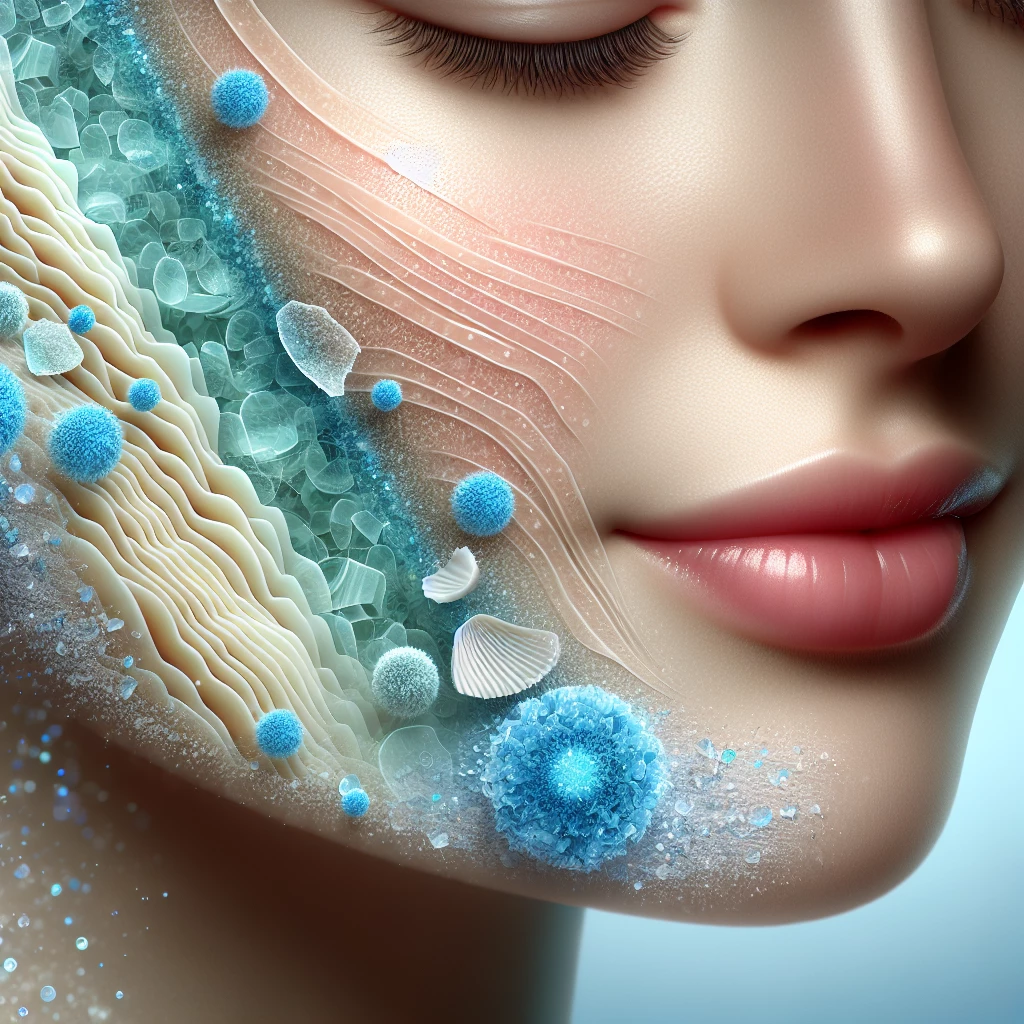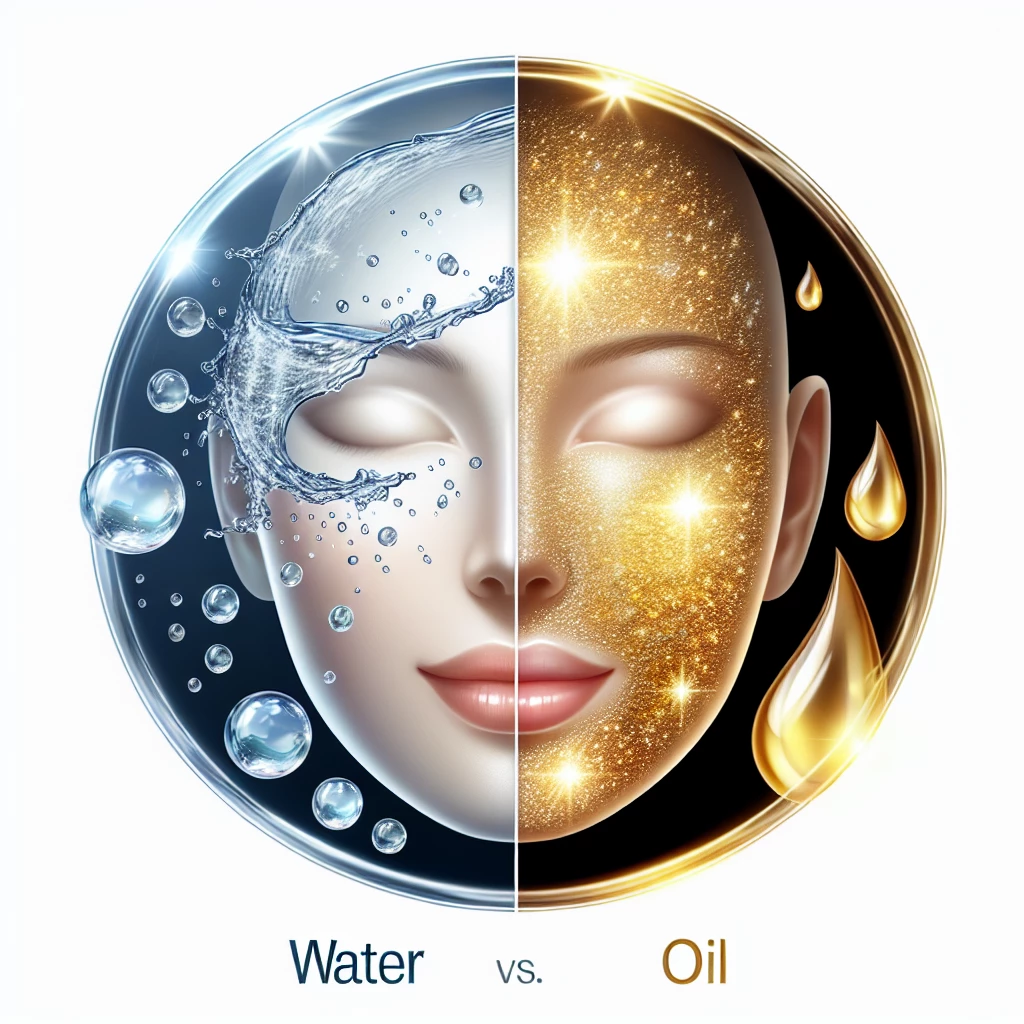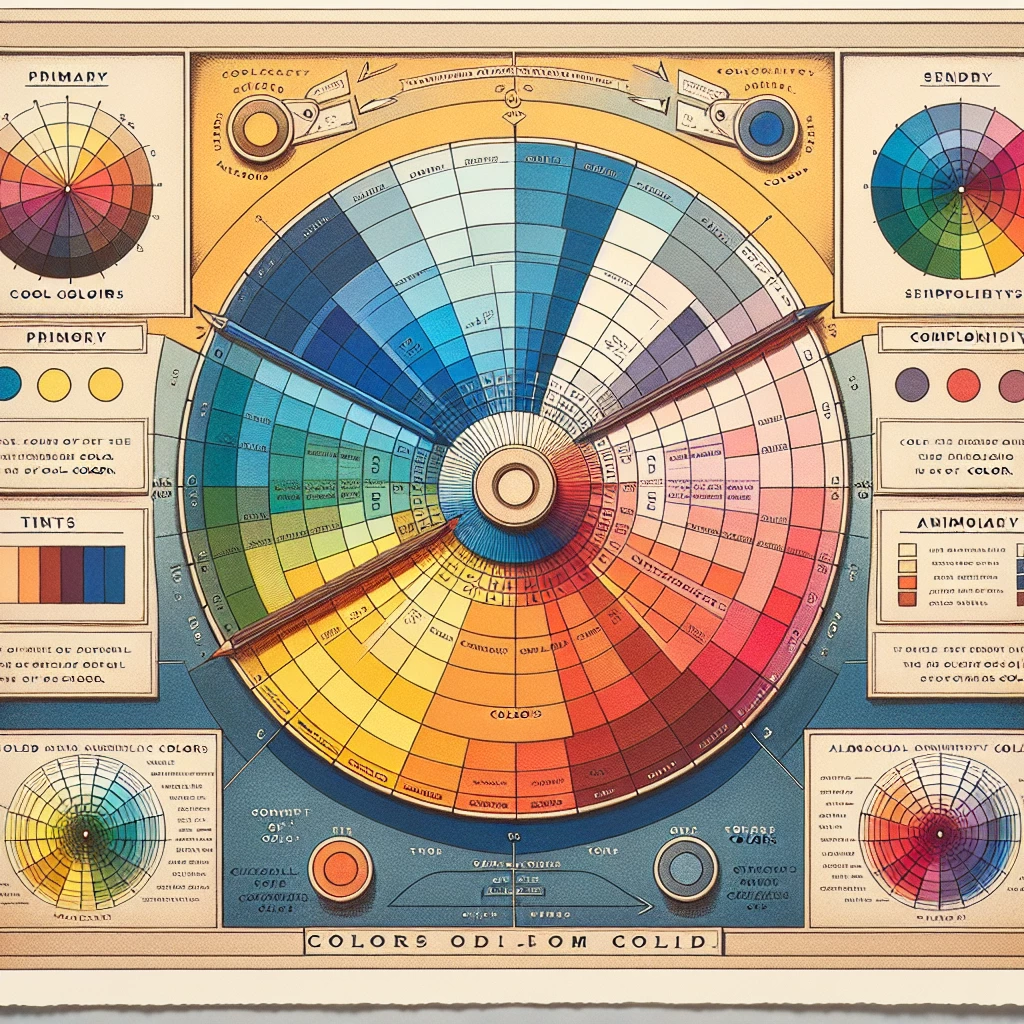Welcome back to Makeup Queens! Today, we are taking a deep dive into a fascinating aspect of makeup - Color Theory. This is the guiding force behind your makeup choices, dictating the eyeshadow hues on your lids, the blush on your cheeks, and even your lipstick shade. Understanding Color Theory can enhance your makeup skill set and help you create vibrant, utterly captivating looks. So, buckle up because we're about to explore the wonderful world of pigments, shades, tones, and more.
Color Theory 101: What It’s All About
Color Theory is a fundamental concept, originating from Sir Isaac Newton's color wheel, that artists and designers use to communicate with colors and formulate harmonious color combinations. It’s not just for painters; it's also crucial for makeup lovers!
By understanding how colors work together, you can improve your makeup game and make your eyes pop, your skin glow, and your overall complexion look amazing. Essential knowledge of Color Theory can be beneficial in creating fun, colorful makeup looks.
Color Theory is composed of three parts: Color relationships (how colors relate to and complement each other), color temperature (warm, cool, and neutral colors), and color harmony (how different shades work together).
Incorporating Color Theory in Makeup
Your foundation, blush, and even your eyeshadow should all depend on your skin's undertone. For instance, if you have a warm undertone, your makeup will follow a particular color scheme which is different than that of someone with a cool or neutral undertone.
Utilizing color wheel theory, you can figure out which eyeshadow colors will make your eyes stand out the most. For example, for blue eyes, eyeshadows in the orange family tend to make their color pop.
Color theory is also key when it comes to lipstick. A well-selected lipstick color can elevate your look and help you pull everything together.
Colorful Makeup—Rules or No Rules?
Colorful makeup is the liberating aspect of makeup application. While it may seem intimidating at first, understanding color theory can really set you free in this regard- you can experiment to your heart’s content.
The number one rule here is that there are no rules. Yes, you heard it right! All it takes is a bit of color knowledge, an experimental mindset, and lots of creativity.
With colorful makeup, instead of focusing on what's trendy, focus on what makes you feel confident and expressive. Remember, your face is a canvas and makeup is the medium you use to express yourself.
How to Apply Color Theory to Eyeshadow
Applying eyeshadow can become an act of artistry when you understand color theory. It’s really a matter of knowing how different colors play off each other.
You can find a multitude of color gradients, textures, and finishes when it comes to eyeshadow. Depending on your eye color and the look you're going for, some colors will serve you better than others.
Balance and harmony are paramount when creating a look. Knowing the family of colors that suit you best can help ensure balance and elegance in your makeup.
The Perfect Blush for Every Undertone
Choosing the right blush is essential for a harmonious makeup look. Too much contrast can throw off the balance of your entire look.
Blush can be one of the final steps to your makeup application, but this doesn't mean it is less critical. The right blush can warm up your complexion, create the illusion of cheekbones, and make you seem more awake.
In the end, it all narrows down to understanding what color family your skin falls into. Then using color theory to complement and enhance your natural skin tone.
Exploring the world of color theory can open a new path for you in your makeup journey. Once you grasp the fundamentals of color theory, you can create enthralling, mesmerizing, and polished looks that resonate with your personal style. The combinations are endless, and so are the possibilities. So go on, grab that palette, and start painting- your face is a canvas waiting to be filled with color! Until next time on Makeup Queens, stay colorful!

Age Gracefully: Mature Skin Care
Delve into the changes that come with aging skin and the best practices to ensure its health and vitality.

Vitamins for Victory: Skin Nutrients
Discover the key vitamins that contribute to skin health and the best ways to incorporate them into your skincare routine.

Exfoliation 101: Clearing the Surface
Dive into the process of exfoliation, uncovering its benefits and learning how to properly exfoliate for brighter, smoother skin.

Skin Hydration: Water vs. Oil
Get insight into the importance of hydration in skincare routines and understand the difference between water-based and oil-based products.
